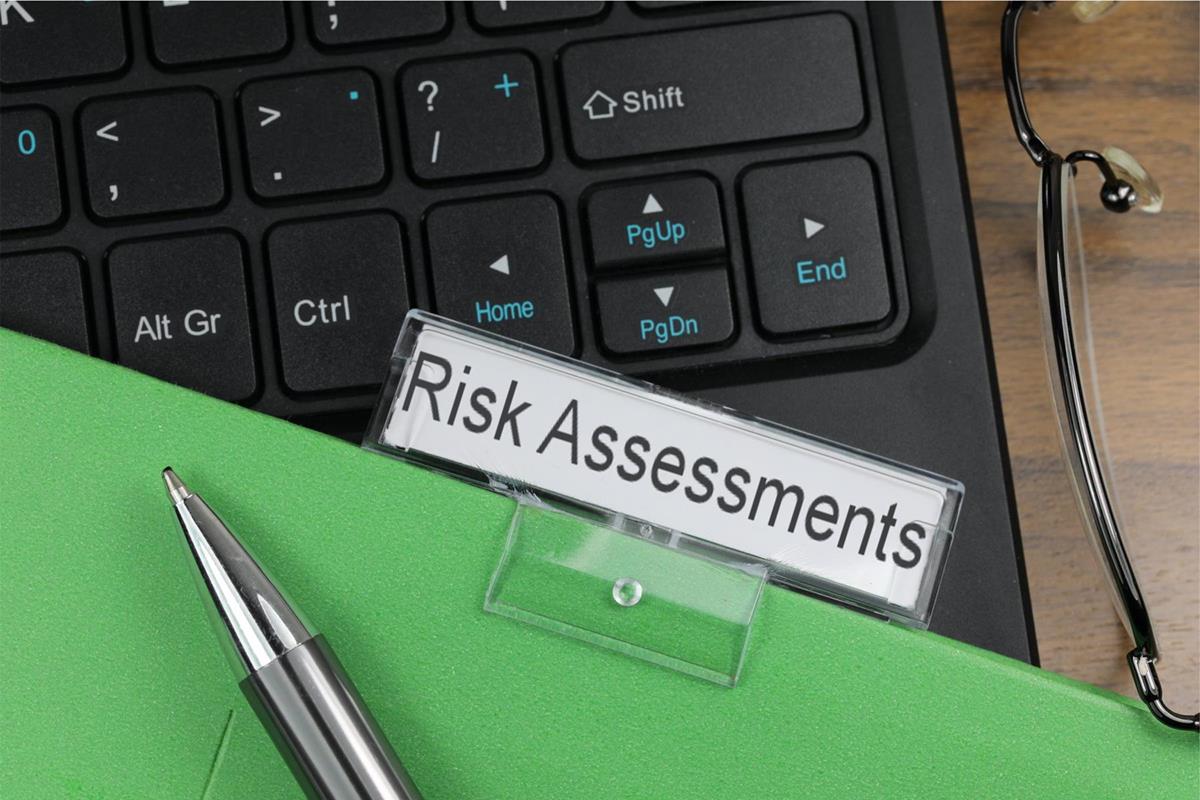From there, choice-makers can analyze every threat to find out the very best-stage risks to deal with. Working from the information gathered throughout RISK ASSESSMENT MATRIX identification, stakeholders can then start to investigate the chance levels of sure hazards and prioritize actions primarily based on present controls, amongst different criteria. Risk evaluation includes an in depth consideration of uncertainties, hazards, consequences, chance, occasions, scenarios, controls and their effectiveness. An occasion can have a number of causes and penalties and may have an effect on multiple targets. Earlier recognized hazards with HAZID might be included in preliminary hazard analysis. In such an analysis, an assessor analyzes present circumstances with current controls and a potential future state with proposed additional controls. Tools comparable to RISK ASSESSMENT PROCESS assessment matrices and heat maps can be utilized to compare, and therefore, prioritize hazards. These tools permit safety professionals to place risks into the matrix or map primarily based on the probability and severity of a possible incident. From there, choice makers can then analyze each threat to determine the best-stage dangers to address.
The outcomes from a preliminary hazard evaluation can then be transferred to a more detailed method corresponding to a bow-tie risk assessment diagram for further evaluation to offer more in-depth info to choice makers. In terms of finding acceptable solutions for a particular hazard, a layer of protection evaluation (LOPA), studies whether present or proposed limitations are ready to achieve acceptable threat ranges. When conducting a LOPA, security professionals select hazards and consequences, and unbiased protection layers (IPLs) are recognized for every hazard/consequence pair. IPLs are physical barriers similar to engineering controls, design changes or warning devices designed to prevent the initiating cause proceeding to the unwanted consequence. As the final step of risk assessment, threat analysis calls on safety professionals to study the results of the danger evaluation and compare them to established risk standards in order to determine where extra controls could also be required and what those controls is likely to be. As noted, bow-tie threat evaluation is a method for threat analysis that has gained traction within the safety profession because it offers a more holistic view of danger and paints an image of a particular hazardous event. The bow-tie analysis is centered around a potential incident, examining its causes, the preventive controls in place, the mitigative controls if it were to occur and the implications of the incident. The advantage of a bow-tie evaluation is the flexibility to raised visualize a selected hazardous occasion, how it could occur, the results and the way these penalties might be prevented or mitigated. Such an analysis doesn't, however, often embrace a risk scoring mechanism, nor does it replicate the effectiveness of controls.
After you have gathered the data and set the scope for a risk assessment undertaking, the method strikes on to conducting the risk assessment itself. Risk assessment serves many purposes for an organization, including decreasing operational dangers, bettering safety efficiency and attaining goals. Focusing on these areas, a risk assessment team can then use several different strategies to identify the hazards current within the office. One such method is a hazard identification (HAZID) research that provides a qualitative, structured method for risk identification. HAZID makes use of guide words and/or checklists to determine potential hazards, their causes and consequences. Together with its qualitative construction, HAZID may embrace qualitative analysis to find out the potential severity of a particular hazard, as well because the probability of occurrence. The risk assessment group can use tools reminiscent of risk assessment matrices and heat maps to check and, subsequently, prioritize hazards. These tools enable safety professionals to place risks into the matrix or map based mostly on the probability and severity of a potential incident.

1.When granting the security certificate or the security authorisation in accordance with Commission Regulation (EU) No 1158/2010(9) or Commission Regulation (EU) No 1169/2010(10), a national safety authority shall settle for accreditation or recognition by a Member State in accordance with Article 7, as proof of the power of the railway endeavor or infrastructure supervisor to act as an assessment body. 2.When granting the certificate to an entity in command of maintenance in accordance with Regulation (EU) No 445/2011, the certification body shall settle for such accreditation or recognition by a Member State, as proof of the power of the entity in command of upkeep to act as assessment body. Member State of the flexibility of an entity in control of upkeep, an organisation or a part of it or an individual to conduct independent evaluation. 2.When the Member State recognises the nationwide security authority as an assessment physique, it's the duty of that Member State to ensure that the nationwide security authority fulfills the necessities set out in Annex II; In this case, the assessment body features of the national safety authority shall be demonstrably unbiased of the opposite capabilities of the national security authority.
2.3.6.Where another strategy isn't absolutely compliant with a code of apply, the proposer shall exhibit that the alternative method pursued leads to no less than the identical degree of security.U.K. 2.3.7.If the danger for a selected hazard cannot be made acceptable by the applying of codes of practice, extra safety measures shall be identified by applying one among the two other risk acceptance ideas.U.K. 2.3.8.When all hazards are controlled by codes of observe, the chance administration course of could also be restricted to:U.K. 2. If you loved this short article and you would like to receive far more details regarding OIL AND GAS INDUSTRY RISK ASSESSMENT kindly go to the website. 4. Use of reference system and risk analysis U.K. 2.4.1.The proposer, with the help of other involved actors, shall analyse whether one, several or all hazards are appropriately coated by the same system that could be taken as a reference system.U.K. 2.4.2.A reference system shall fulfill a minimum of the next necessities:U.K. 2.4.3.If a reference system fulfils the requirements listed in point 2.4.2, then for the system under evaluation:U.K.
